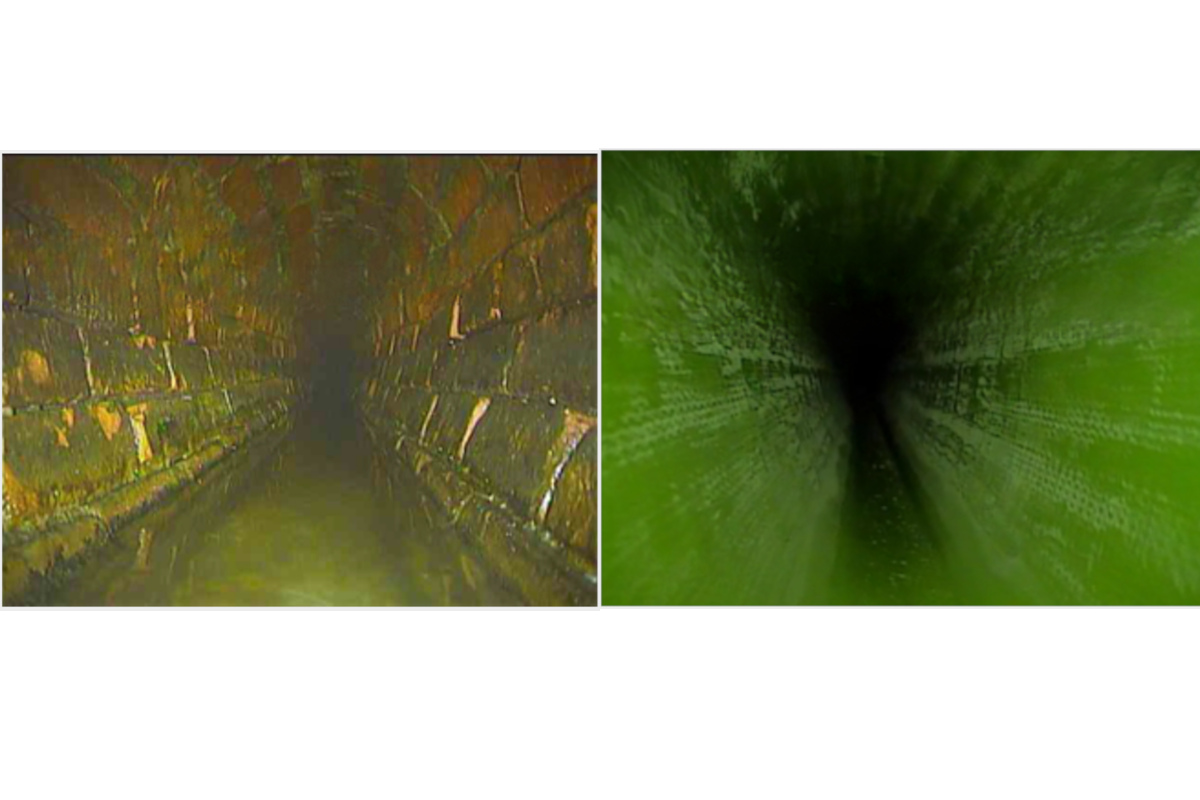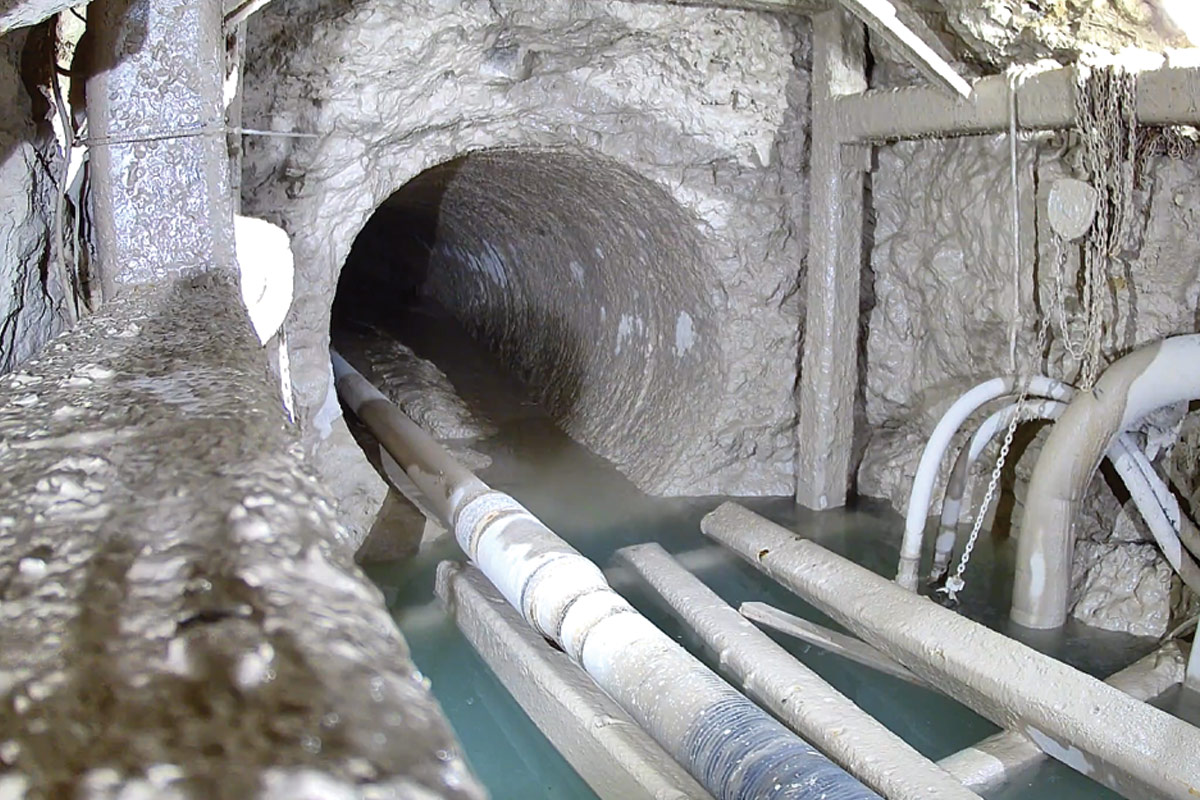
NASSCO Report – An Update on NASSCO-Funded Styrene Safety Studies
Since the question of styrene safety first came to NASSCO’s attention nearly 10 years ago, the Association has been at the forefront of learning everything possible to keep workers and communities safe. Since that time, NASSCO has funded four phases of independent study, with the results and recommendations of each opening the door for more knowledge.
Phase 1, conducted by the Center for Underground Infrastructure Research and Education (CUIRE) at the University of Texas, Arlington, focused on a thorough publication review of 21 articles and papers on the topic of styrene used in the CIPP emissions process.
Dr. Mo Najafi was the lead investigator. Completed in April 2018, this study resulted in a report from CUIRE stating that previously published reports were non-conclusive. The report also suggested field research to further explore the subject.
Phase 2 then commenced. A request for proposals was submitted to various universities and testing labs, and The Trenchless Technology Center (TTC) at Louisiana Tech University was awarded the contract.
Lead by Dr. Elizabeth Matthews with the support of the US Army Corps of Engineers – Engineer Research and Development Center (ERDC), the research objective was to quantify worker and public exposure to steam-cured CIPP emissions. The methodology included field studies to evaluate air emissions from polyester resin CIPP with steam cure, testing varying pipe diameters, lengths, weather conditions and geographic locations, modeling air dispersion of emissions and evaluating potential health risks to workers and the public.
The final report was delivered to NASSCO in February 2020. Based on the data collected, TTC made several recommendations including wearing PPE at the time of the initial opening of the liner transport truck; performing active air monitoring when entering manholes (which is already an industry practice); and maintaining a 15-ft perimeter around the exhaust manholes, with emission stacks being a minimum of 6 ft in height.
Phase 3 continued the investigation with a study by TTC titled “Evaluation of Styrene Emissions Associated with Various CIPP Coatings in Refrigerated Storage.”
Lead by Dr. John Matthews, the goals of this study were to:
- Measure dispersion of styrene from the liner transport truck
- Correlate site-specific liner information with styrene concentrations via the following methods:
- Styrene breakthrough studies through common thermoplastic coatings
- Lab scale simulations and modeling
- Field testing with loaded refrigerated trucks
- Measure dispersion of styrene
- Better Understand the Styrene break-through times for the various coatings:
- Nylon – Longest break-through
- Polyethylene – Medium break-through
- Polyurethane – Fastest break-through
- Understand ways to improve coating technologies and provide styrene containment understanding
The report, delivered in April 2023, included TTC recommendations to safely enter a refrigerated truck with minimal PPC only after doors are opened and styrene thresholds decline to below regulatory agencies’ limits for the planned exposure of workers. Specifically:
Once storage unit doors are opened and styrene thresholds reduce below regulatory agencies’ limits, storage unit can be entered with minimal PPE.
If limits are exceeded, consider thicker coatings, more impermeable coatings, wrapping the liners with impermeable materials, additional PPE, etc.
NASSCO expanded the list of recommendations to include:
- For job site air monitoring, installation companies should use different tube coatings, have various amounts of liner, and follow various installation procedures.
- Testing should be done for styrene levels in the refrigerated storage unit when workers must enter. Typical testing instruments are photoionization detectors (PIDs) and detector tubes.
- If using a PID, if styrene levels > ACGIH TLV STEL* of 20 ppm, PID should alarm, and worker should exit storage unit.
Be aware that impervious coatings and ventilation reduce styrene levels.
Phase 4 research shifts the focus from air emissions to cure water. For this study, currently under way, NASSCO partnered with the Buried Asset Management Institute – International (BAMI-I).
Dr. Tom Iseley is the lead investigator; Dr. Hanouf M. Alhumaidi serves as Lead Research Engineer. This research initiative focuses on establishing the styrene discharge concentration in cure water that may create bio-inhibition at publicly owned treatment plants. With a goal of completing this by the end of 2024, the study began with Dr. Iseley and his team conducting Task 1, a thorough literature review of peer reviewed research. This Task, now concluded, did not reveal any previous studies on the subject. Task 2 is a survey amongst POTWs to determine current perceptions on the subject, and Task 3 will include laboratory testing and development of a White paper on the findings.
The goal of the study is to establish laboratory inhibition standards and refine recommendations included in NASSCO’s Specification Guideline titled “The Safe Use and Handling of Styrenated Resins in the CIPP Process.”
NASSCO continues to put safety above all we do. With the recent hiring of Dennis Pivin, CSP, as NASSCO’s director of health, safety and environmental, our goal is to support our industry in keeping our most valued assets — the workers we employ — safe.
To read the full reports and recommendations from Phases 1, 2 and 3, and learn more about styrene and other safety topics including PFAS and so much more, visit nassco.org/safety.
*American Conference of Governmental Industrial Hygienists (ACGIH)
Sheila Joy is executive director of NASSCO.




